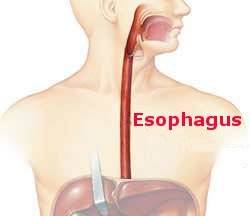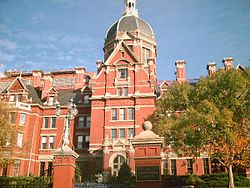Progress is made.
Despite Torek’s “successful” esophagectomy discussed in the previous blog, few such operations were subsequently performed. In 1933 the British surgeon Grey-Turner introduced an alternative technique for esophagectomy. He made incisions in the neck and abdomen and, sliding his hands down and up respectively, freed and removed the esophagus from its attachments. Reconstruction consisted of a skin tube linking the esophagus in the neck to the stomach. As with the Torek experience, the operation of Grey-Turner was infrequently performed. (As we will discuss this operation was reintroduced in the 1980s and was utilized with some frequency for the next two decades before again fading from popularity.)
Finally in the 1930s the modern era of resection of the thoracic esophagus was begun. Marshall in 1937 in Boston successfully completed a resection of a cancer of the lower part of the thoracic esophagus; a transthoracic esophagectomy. This feat was repeated by Phemister in Chicago the following year. Phemister, as Marshall, reconstructed continuity of the upper gastrointestinal tract by advancing the stomach up into the chest where it was anastomosed (sutured to) the esophagus. Both patients did well and the modern surgical era had begun. (Phemister gets credit for being the first to accomplish this feat as he was the first to publish his experience.)
A limitation of using the left chest is that the aorta obstructs access to the middle section of the esophagus by crossing from the right side of the heart to the left chest for its descent toward the abdomen. (Please google images of esophageal anatomy if you are curious.) In 1946 Ivor Lewis, an inventive British surgeon addressed this limitation by combining an abdominal incision used to free-up the stomach and a right thoracotomy, providing unrestricted access, for the esophagectomy. After resecting the esophagus the stomach was lifted into the chest for anastomosis to the esophagus.



